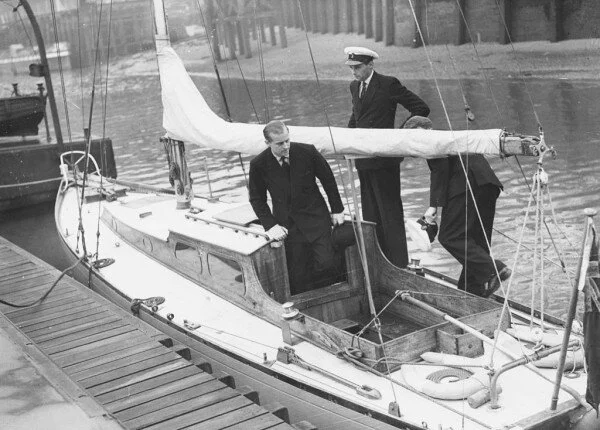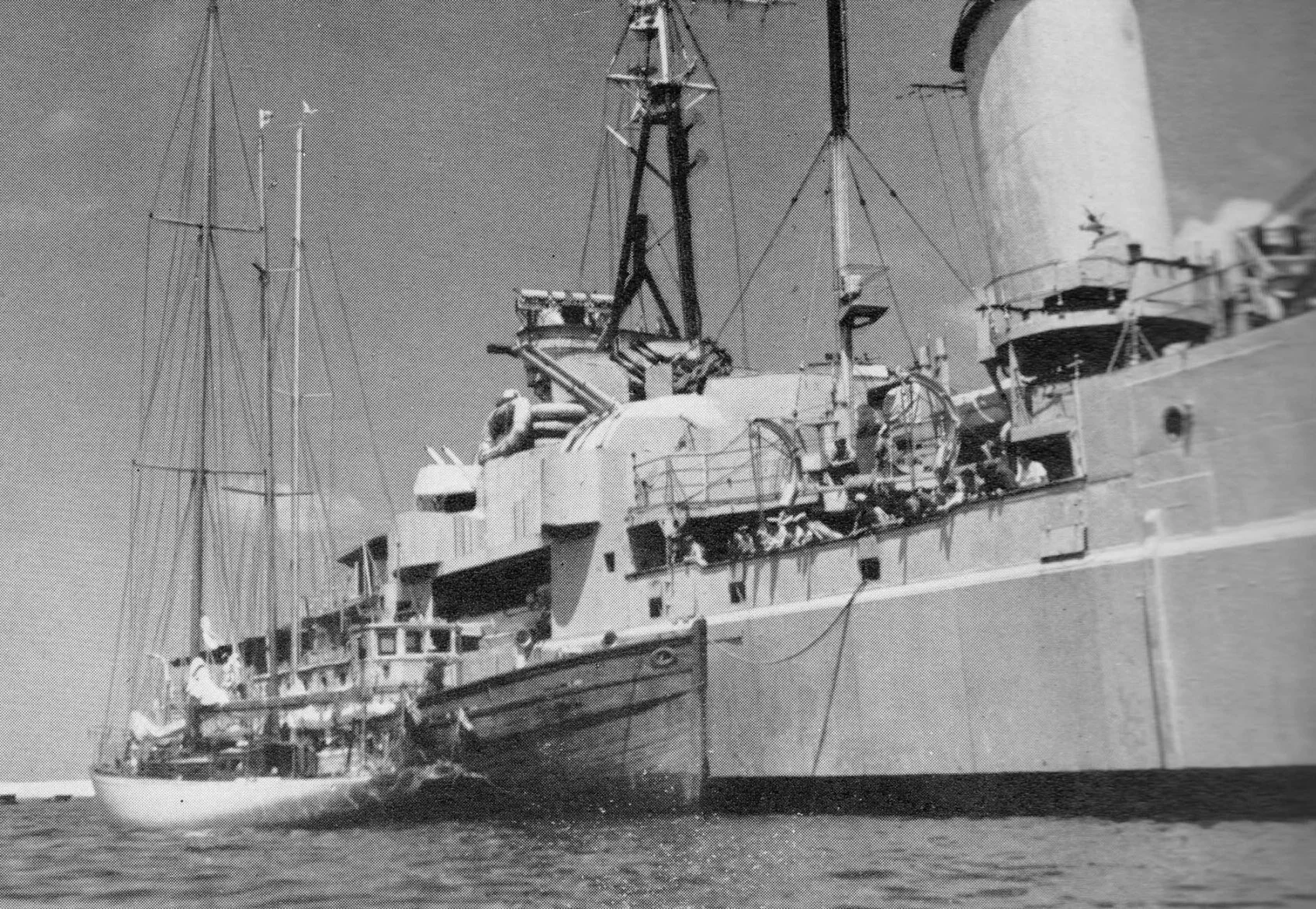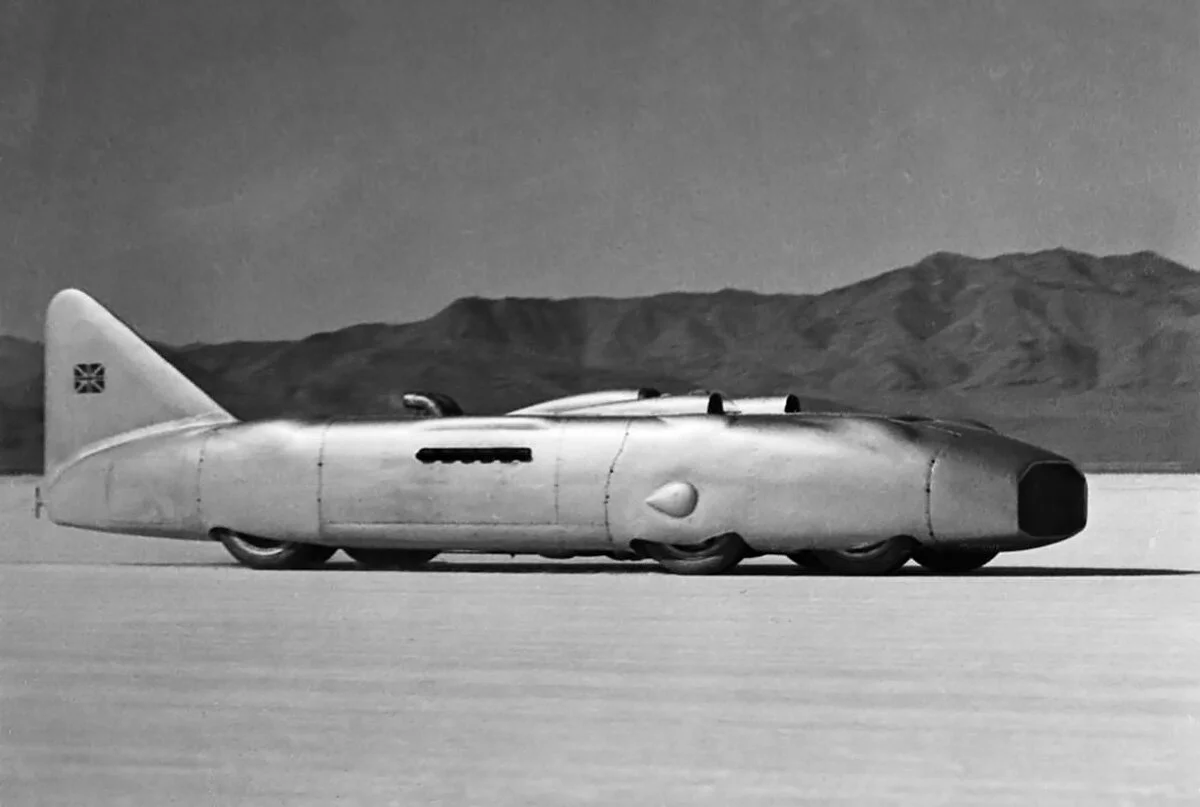Reimers and Robb
COHOE, MOKOIA and SAMUEL PEPYS were companions for the 1950 Newport Bermuda race and the Transatlantic return race to Plymouth.
“DOWN THE SOLENT”. COHOE winning the Translatlantic. MONTAGUE DAWSON 1950
This week, the mystery about Stor Tumlaren COHOE is solved following WHO IS KNUD REIMERS, SWS 19TH August.
SWS will soon report on Arthur C Robb, a New Zealander, who worked in the UK. He designed the 37’ MOKOIA, built in Burnham-on-Crouch in 1948 and now residing in Port Macquarie NSW. Australian devotees of Robb will know SIANDRA, the double handicap winner of the Sydney Hobart and AKALA with the Classic fleet in St Kilda. Robb also drew the one-design Daring Class that has a very competitive fleet sailing on the Solent.
MOKOIA and COHOE SAILING in BERMUDA 1950 (from Adlard Coles North Atlantic)
COHOE EKSTRA
The mystery of a temporary bow extension added to the 32’ COHOE to meet the Transatlantic rules is solved by none other than English sailing journalist Nigel Sharp in Classic Boat magazine. Nigel is a keen supporter of our Classic Yacht Association fleet, visiting Melbourne in 2017 and reporting on the 2019 Tumlaren State Championship. His story about “Saving Adlard Coles’ Yachts” appeared in August 2020.
“The first of Coles’ four COHOES was a modified Albatross (an extended Tumlare), designed by Knud Reimers and built by AH Moody and Son in 1946. She was already named Cohoe, which is an Indian name for a species of Canadian salmon and, as Coles later wrote, “is quite an appropriate name for a fast kind of yacht, although it took me some time to get used to it”. Coles and his wife cruised and raced her extensively, as he would with all his Cohoes. In one season alone he made 16 Channel crossings, but her most famous voyage was the 1950 Transatlantic Race from Bermuda to Plymouth. Coles was under the impression that the 35ft minimum length requirement would be waived for the 32ft Stor Tumlaren, as it was for the 24ft waterline RNSA 24s; it was only when the boat was about to be shipped across the Atlantic for the start of the race that Coles discovered that it wouldn’t be. However, Moodys (a Hamble shipyard on the Solent) worked miracles to extend Cohoe’s bow in Birmabright alloy plating in just 24 hours, and she went on to win the race. “The 1950 event was an important pioneering race which had considerable bearing on things to come,” Coles later wrote. “Among others, it led to the recognition of the ocean-going ability of small sailing boats.” The pointy bow was removed after the transatlantic race.
SAMUEL PEPYS
The third English boat, the 32’ SAMUEL PEPYS was a Royal Navy Sailing Association 24. She won line honours in the Transatlantic Race from Bermuda and competed in the 1956 Sydney Hobart. The RNSA 24 was conceived as a one-design offshore class (24’ LWL) in 1948 by Captain John Illingworth, Commodore of the RNSA and first winner of the S2H in RANI. The lines were drawn by Laurent Giles with the original rig by Illingworth. The first boat, POCAHONTAS was built by Moodys and SAMUEL PEPYS by Camper & Nicholsons.
Why the name? Samuel Pepys is best known as the 17C London diarist of fire and plague. However, a greater claim should be for his administrative skills on the Navy Board. He is credited with turning HM Navy from a a corrupt rabble to a disciplined fighting service that dominated oceans for 200 years. With credentials like that Pepys could easily get a job in 21C Australia.
SAMUEL PEPYS gets a ROYAL INSPECTION in the THAMES 1952
MOKOIA alongside HMS GLASGOW BERMUDA 1950 (from Adlard Coles North Atlantic)
MOKOIA, COHOE & SAMUEL PEPYS alongside 1950 (from Adlard Coles North Atlantic)
AKALA in the DERWENT SYDNEY HOBART 1964
BIRMABRIGHT
For Land Rover nuts
BIRMABRIGHT is a corrosion and dent resistant alloy, developed by Birmingham Aluminium Castings in 1938. It’s a lightweight sheet metal aluminium alloy with 7% magnesium and 1% manganese. The material became well known after being used in the bodywork of the British land speed record holder THUNDERBOLT and later in Donald Campbell’s BLUEBIRD. George Eyston drove THUNDERBOLT at Bonneville Salt Flats USA at 312 mph in 1937 and 345 mph a year later. Land Rover body panels were made of the alloy starting with the Series I in 1948 and continuing to 1980 when the BIRMABRIGHT factory was closed. Later Land Rover and Defender body panels are made from a different aluminum alloy composition and steel to reduce costs.
THUNDERBOLT at BONNEVILLE SALT FLATS 1937







